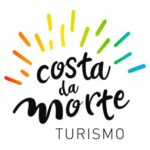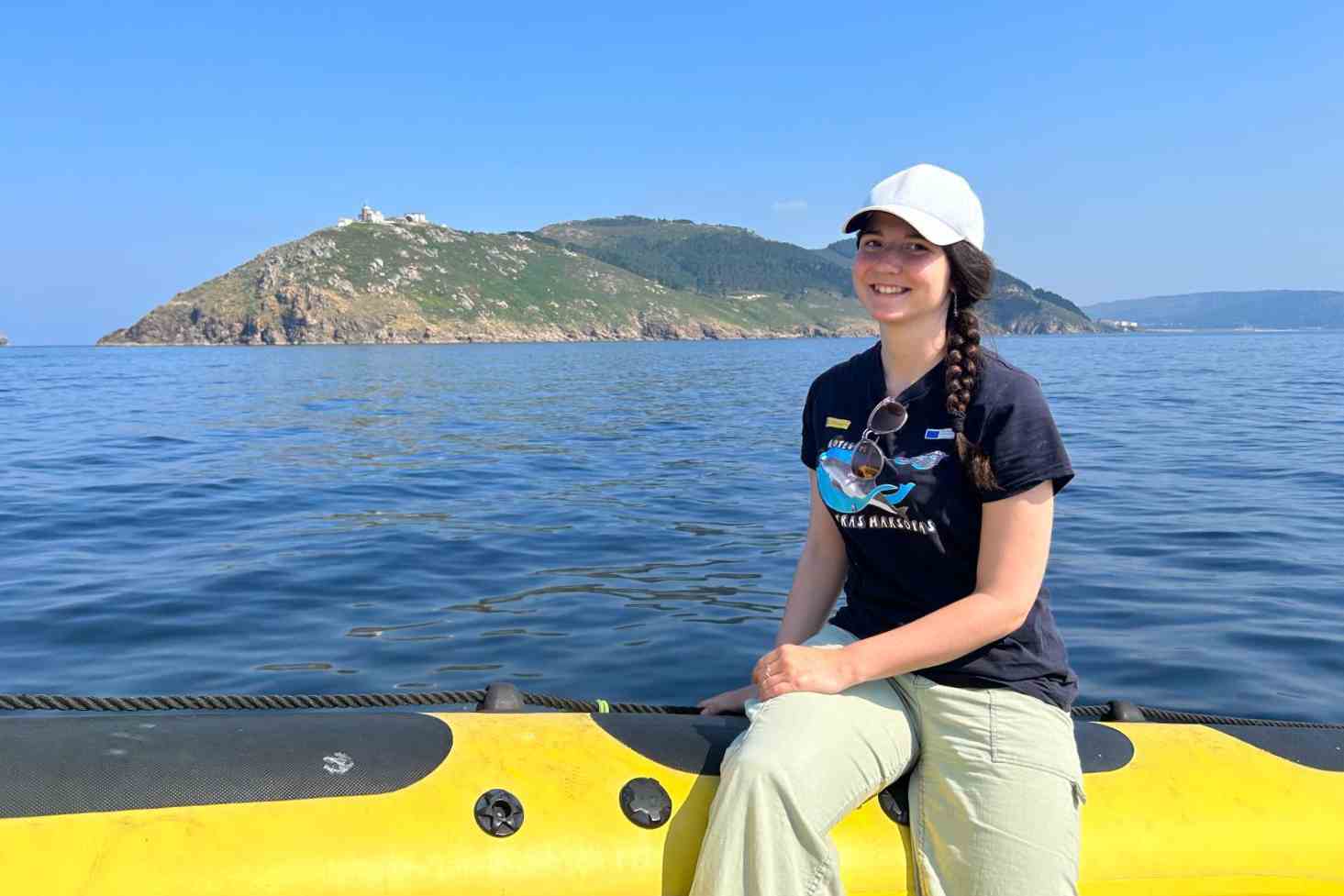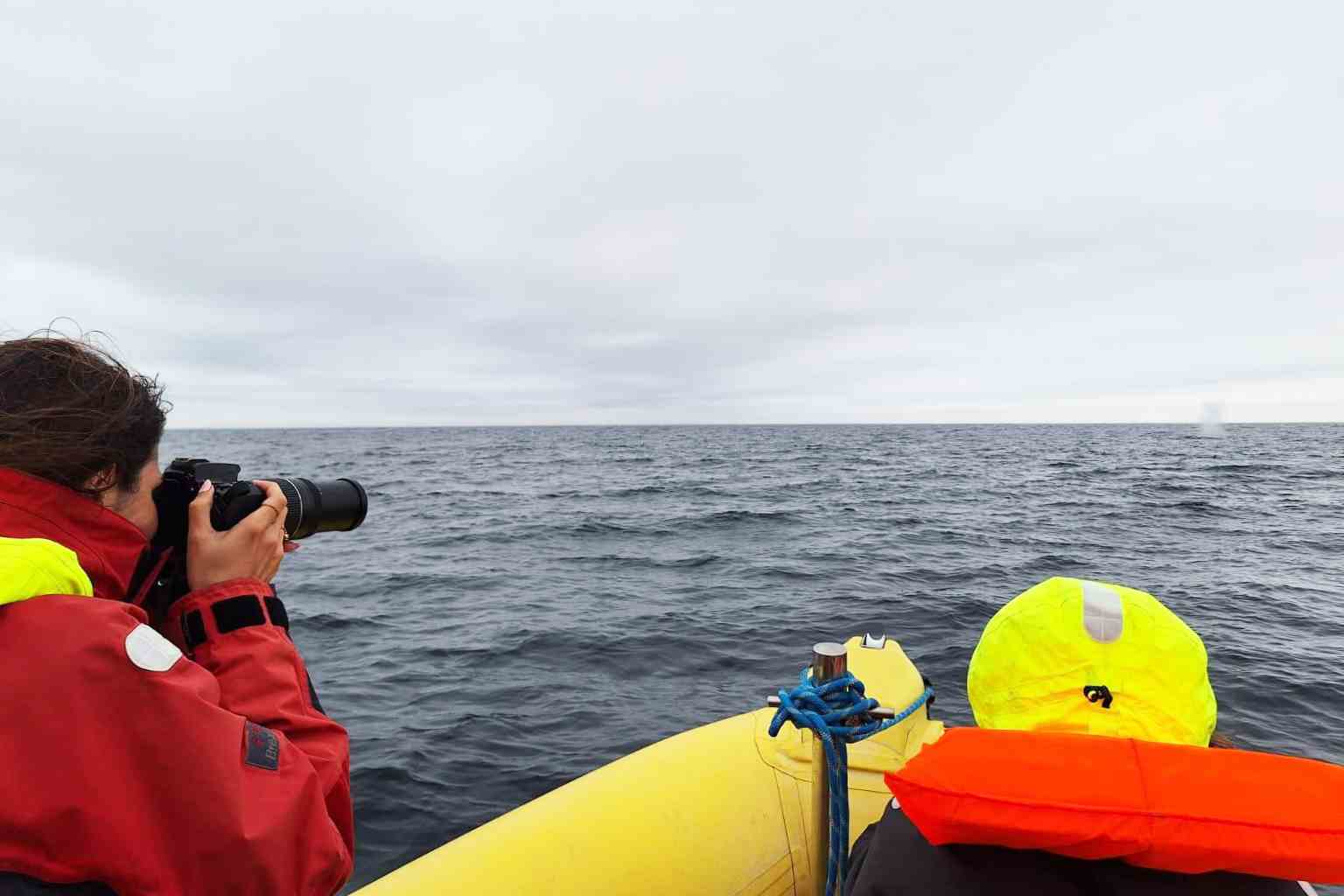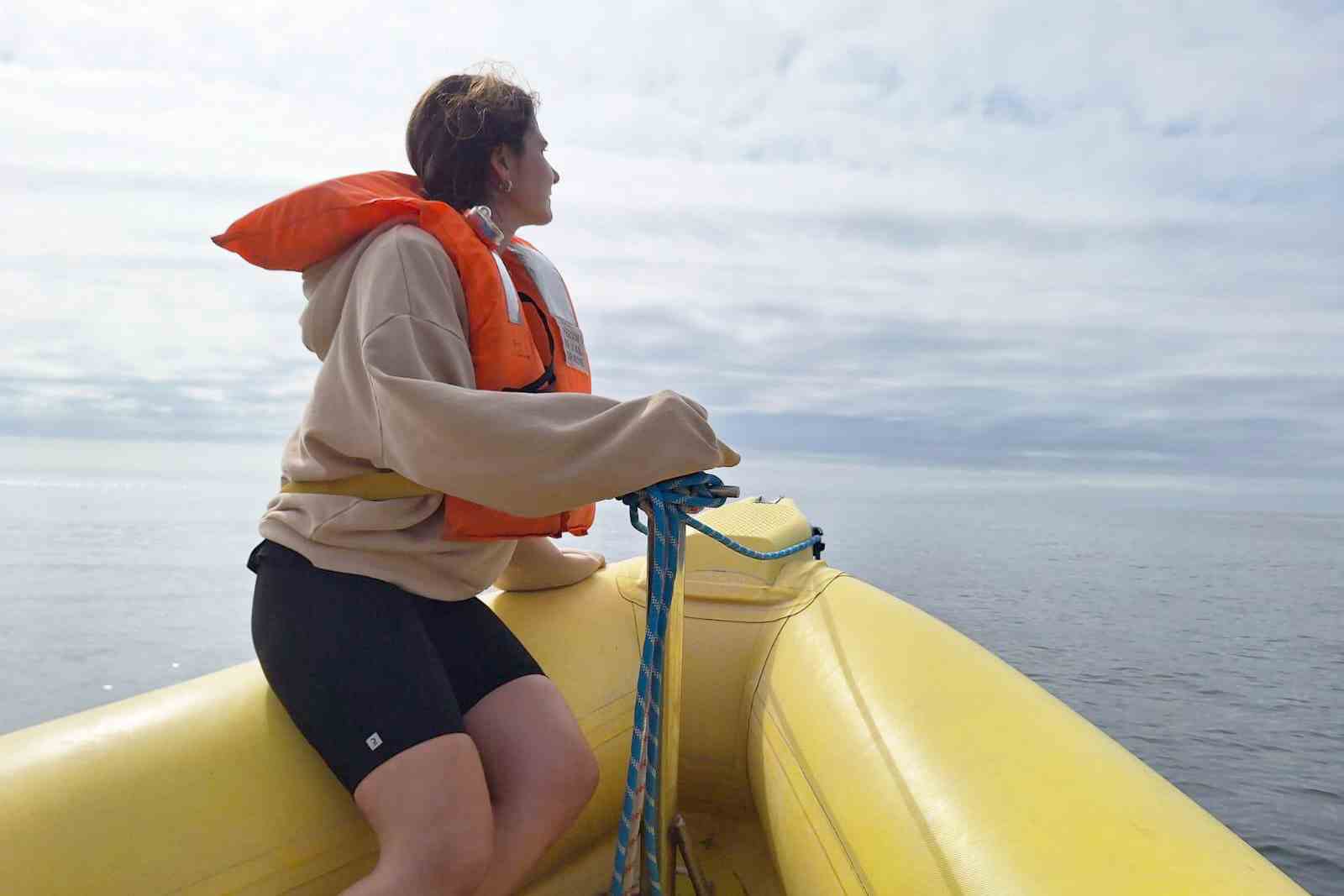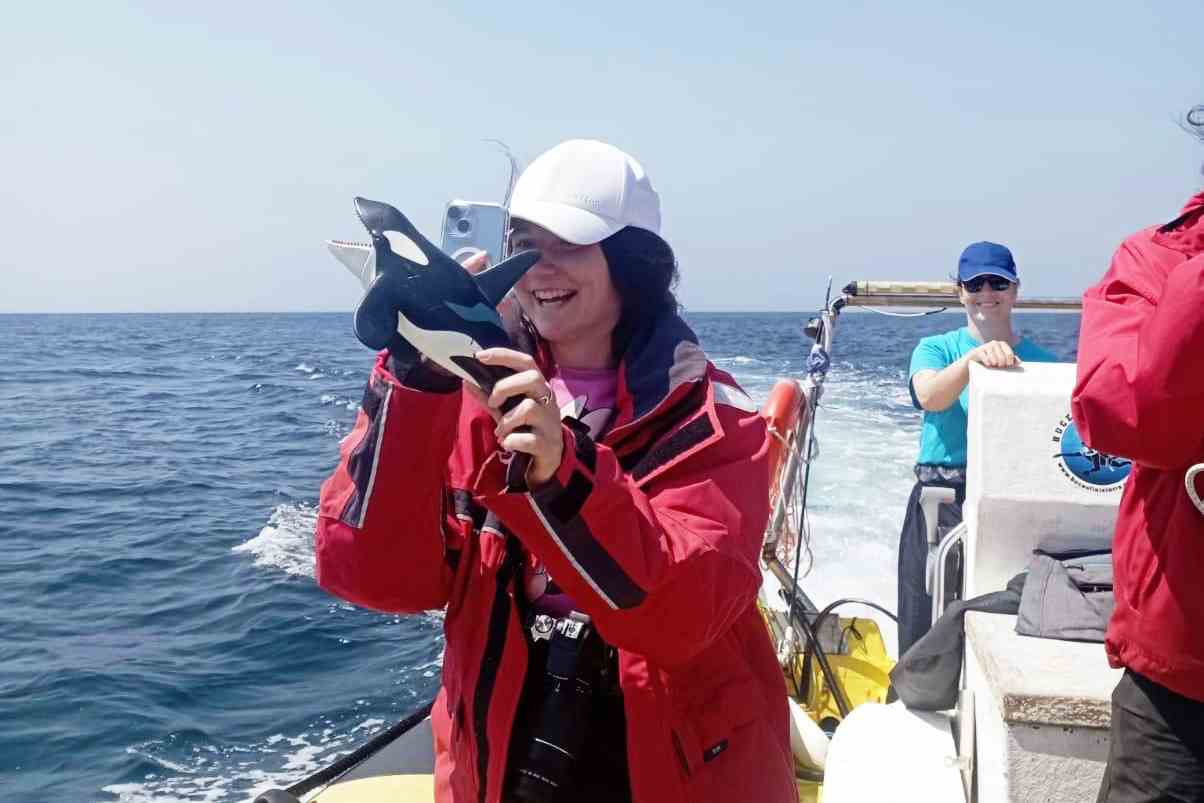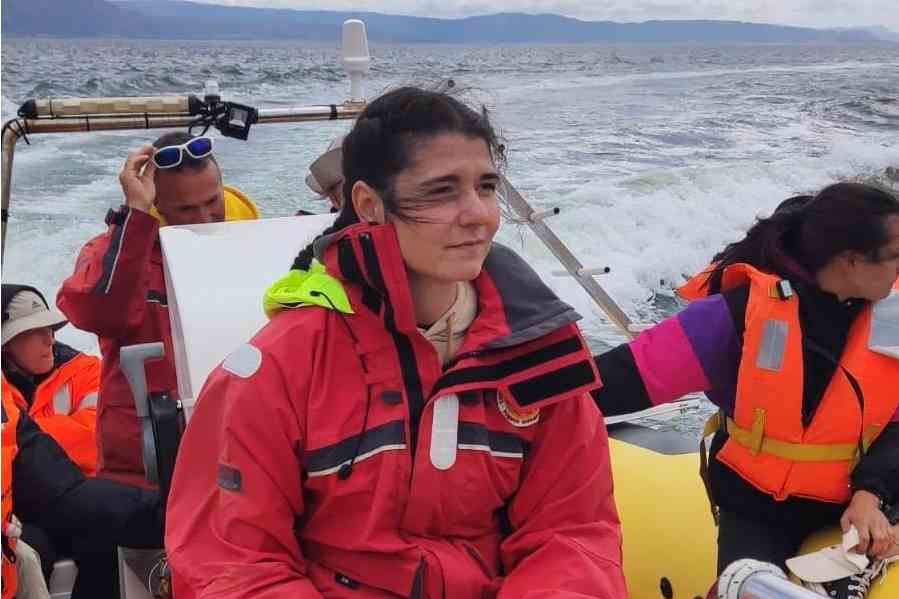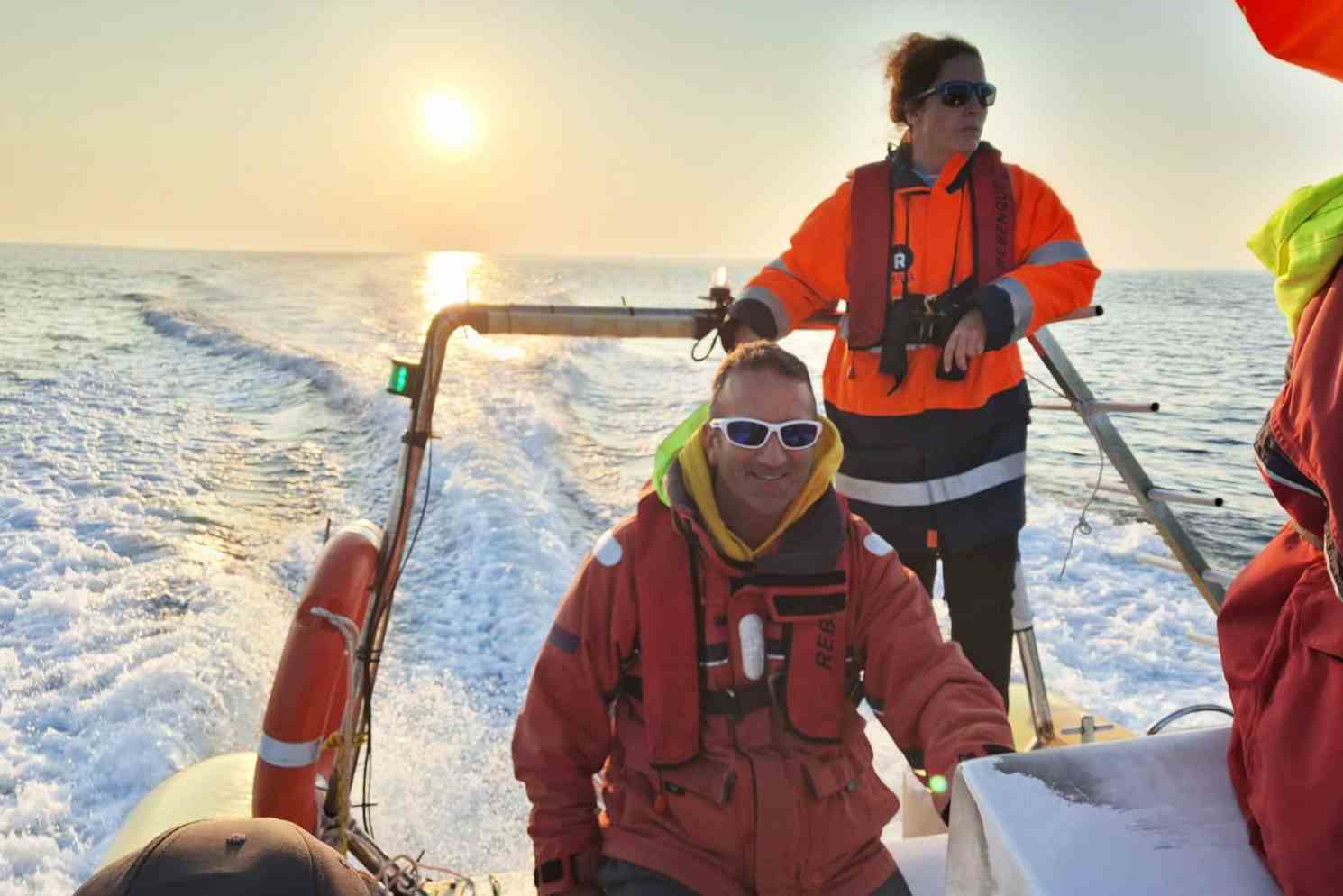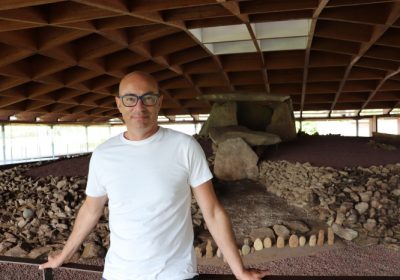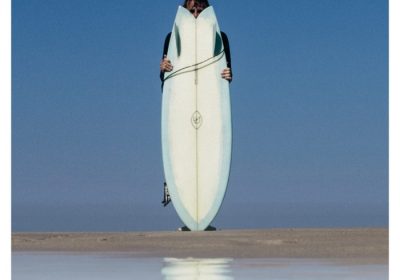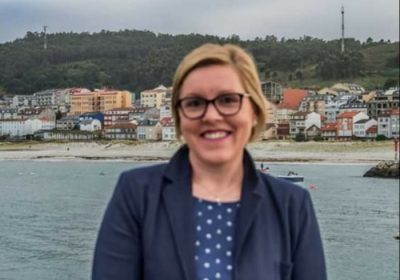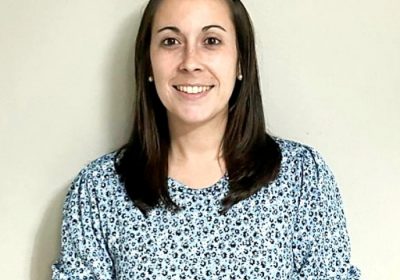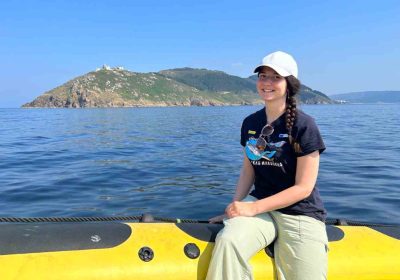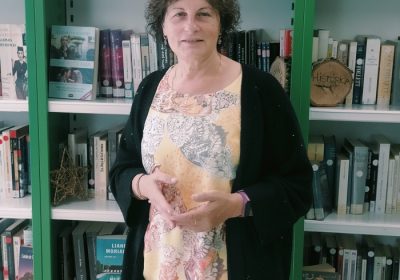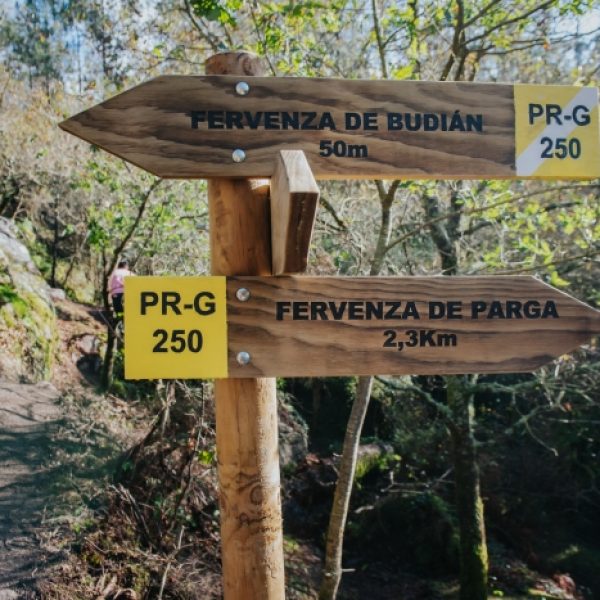Costa da Morte has always lived facing the sea. For centuries it has been the stage of epic stories, fishing, shipwrecks… and also whales. Because whales have always been here: this is recalled by maritime toponyms and legends, such as the mythical Baixo das Baleas in Reira (Camariñas), named for the resemblance of these rocks to giant whales when the tide goes out.
Where whaling factories such as Caneliñas in Cee once stood, today a new air can be breathed: that of admiring these animals in freedom, celebrating each leap as a miracle that connects us to the wildest nature.
In this change of perspective, science and outreach play a key role. María Becerra Rodríguez, a marine biologist who joins the outings organized by Buceo Finisterre, is part of the CEMMA (Coordinadora para o Estudo dos Mamíferos Mariños), a Galician NGO founded in 1992 dedicated to the study and dissemination of marine mammals and turtles in Galicia. Through research, participation in national and international projects, and outreach work via exhibitions, conferences, and courses, CEMMA has become a reference in the marine field.
Since 1999, thanks to agreements with the Galician Regional Government, CEMMA has been responsible for assisting strandings on the Galician coast, rescuing injured animals, managing the sample bank, and drafting conservation plans for the most threatened species. A task that María helps strengthen with her work, bringing science and passion to every whale watching trip in Costa da Morte.
Interview with María Becerra Rodríguez, marine biologist supervising whale watching trips in Fisterra
1. How did your vocation for the marine world and cetaceans begin?
My love for animals began when I was very young, so I spent much of my life saying I wanted to be a veterinarian. However, due to circumstances, I was not able to enter that degree, and that was when I decided to give Biology a chance.
As for cetaceans, they always sparked my curiosity. As a child, I liked to go to the rocks of Caión to try to see dolphins, most of the time without much success. But the exact moment when I decided to focus on this field was during my second year at university.
One day, on my way to class, I saw a poster announcing a conference dedicated to marine mammals. The speaker was Anxo Cao, a biologist who, after working with CEMMA, went to the Azores to specialize in this field. From that day on, I became interested in cetaceans and marine biology. I searched for information about CEMMA, contacted Alfredo, and we set up an agreement with the University so that I could carry out my external degree internships with them. The following summer I started participating in CEMMA embarkments in collaboration with Buceo Finisterre, and since then, until today.
2. What does it mean to you to work in Fisterra, in a place with such a strong whaling past?
I feel privileged. It is a luxury to witness firsthand this transition from hunting to admiration. Many people are unaware of the whaling history in Galicia. In fact, most of those who come to our trips confess they did not know there were whales on our coasts. Many of them have traveled to countries like Norway, Chile, or Argentina to try to see what we have right here.
Being able to help spread knowledge about our environment, the importance of conserving it, and seeing people enjoy and thank your work is a way of confirming that we are doing something right. History has already shown us the richness and potential of our sea, now the challenge is ours: to conserve what we have and not repeat the past.
3. What species can be sighted on Buceo Finisterre trips?
In Galician waters there are 22 species of cetaceans, divided into two large groups: odontocetes (toothed whales) and mysticetes (baleen whales, commonly called whales). Some species are resident, while others are seasonal.
Among the odontocetes, the most frequent are common dolphins (Delphinus delphis) and bottlenose dolphins (Tursiops truncatus), although pilot whales (Globicephala melas), Risso’s dolphins (Grampus griseus), and, with luck, orcas (Orcinus orca) can also be seen.
As for mysticetes, in recent years whale sightings have gained great prominence. Both fin whales (Balaenoptera physalus) and blue whales (Balaenoptera musculus) are often seen in Fisterra during the summer, when they migrate, often sharing feeding grounds.
Beyond cetacean sightings and monitoring, which is our main goal, these trips also offer the chance to see other life forms: from Portuguese man o’ war (Physalia physalis) to a wide variety of seabirds such as gannets, shearwaters, terns, storm petrels, or even the much sought-after Sabine’s gulls.
4. What role does Buceo Finisterre play in these experiences?
Buceo Finisterre offers the opportunity for anyone interested in cetaceans to enjoy a respectful whale watching experience in their natural habitat. These trips combine science —monitoring populations and raising awareness of their conservation— with fun and responsible tourism.
Moreover, going out to sea in the Costa da Morte requires safety. In this sense, Buceo Finisterre has highly experienced professionals who know the waters and currents of the area, making these outings unique, safe, and responsible.
5. What recommendations would you give to someone experiencing whale watching for the first time?
The first recommendation is to come eager to enjoy nature and let it surprise you. Each trip is unique and unrepeatable: no two sightings are the same. From playful common dolphins approaching the boat to the majestic whales with their powerful blows, every moment remains in our memory.
I also recommend bringing motion sickness tablets if necessary, warm clothing, sunscreen… and being ready for strong emotions!
6. How do you see the future of whale watching in Costa da Morte?
I believe that as long as it is carried out in a respectful way, it has a promising and very positive future, contributing to environmental awareness: enjoy without harming.
I like to remember a phrase by Jacques-Yves Cousteau: “People protect what they love, and they can only love what they know”. That is our mission: for participants to know and understand cetaceans so they become aware of the importance of conserving them. Only then will we be able to continue enjoying them for many more years.
